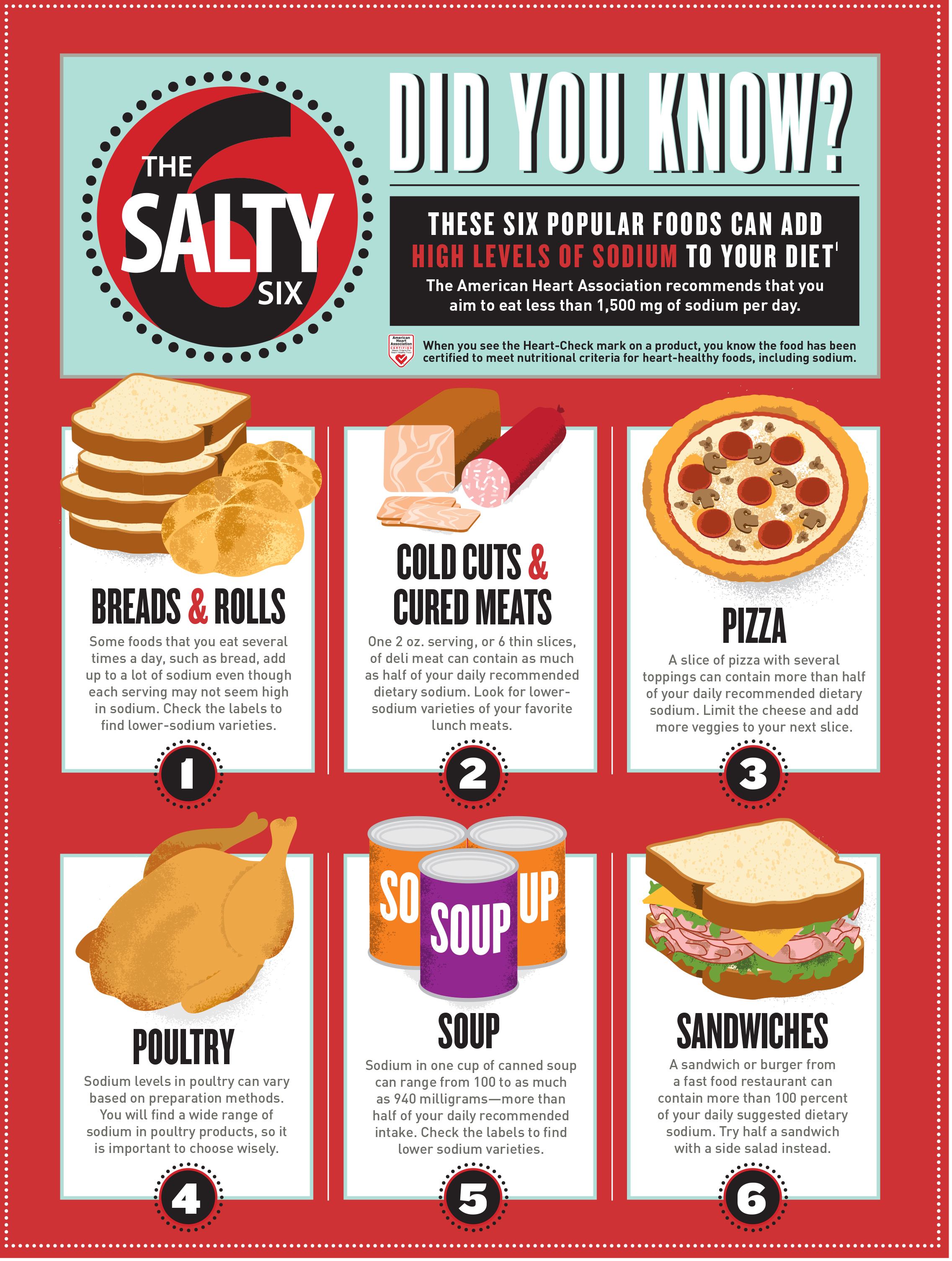Lowering Sodium Intake Could Save Lives, Study Finds
 People trying to lose weight can often rattle off how many calories are in a stack of potato chips or bowl of popcorn. But can they say how many milligrams of sodium those snacks contain?
People trying to lose weight can often rattle off how many calories are in a stack of potato chips or bowl of popcorn. But can they say how many milligrams of sodium those snacks contain?
It’s an important question because, apparently, Americans are consuming way too much sodium. In fact, if everyone could lower their sodium intake over the next 10 years by 40 percent to about 2,200 mg a day, it could save as many as 500,000 lives, according to a new study published in the journal Hypertension.
If you think 2,200 mg is a pretty bland number, consider this: your body only needs 200 mg in a day.
Sodium, in high doses contributes to high blood pressure, which raises the risk of heart attacks, strokes and cardiovascular disease, according to the American Heart Association. And nearly half of all the deaths caused by heart disease are related to high blood pressure.
So where is all this sodium coming from?
It’s commonly found in prepackaged processed foods and fast food meals, according to the AHA. It’s also in salted snacks, many kinds of frozen fish, ham, bacon, luncheon meats, canned foods and juices, soups, frozen meals, condiments and salad dressings.
In the same study that looked at saving lives by cutting sodium, researchers also found that Americans consume about 3,600 mg of sodium per day. That’s significantly higher than the current recommended limit of 2,300 mg of sodium for healthy, young Americans. It’s also more than twice the recommended intake for about half of the adult population in the United States. Anyone who is 51 years of age or older, African American, or has high blood pressure, diabetes or chronic kidney disease should consume no more than 1,500 mg of sodium daily, according to the CDC.
+ Are you meeting your body’s nutritional needs? Find out with a Nutritional Analysis from a Registered Dietitian.
+ Learn about living with diabetes. Bon Secours In Motion offers group and individual Diabetes Counseling.

